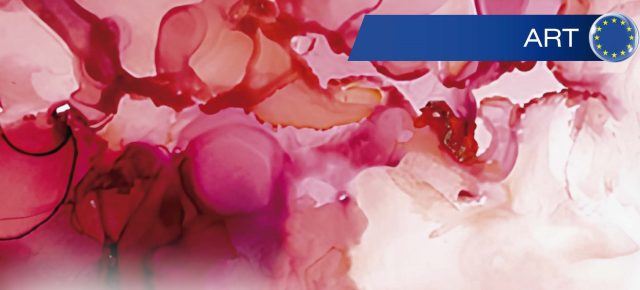This website uses cookies so that we can provide you with the best user experience possible. Cookie information is stored in your browser and performs functions such as recognising you when you return to our website and helping our team to understand which sections of the website you find most interesting and useful.
Costa del Sol Magazine
This Months Featured Article
Web Express Guide | #1 Costa del Sol Magazine
Recent Articles
Latest businesses to Join Us

We implement and manage WINNING digital marketing strategies for businesses and brands using cutting-edge website design and marketing services! We’re a Full-Service Digital Marketing Agency with over 20 years of experience, based in Pueblo Nuevo, San Roque, Cadiz (near Sotogrande). We create a deliver cutting-edge website designs and winning digital strategies that will suit all budgets.
www.minus5media.com
604 47 39 41

We help homes and businesses live in a more cost-effective and environmentally friendly way, by installing cleaner renewable energy solutions, such as Solar Panel Systems, Heat Pumps, Eco Air Conditioning, EV Chargers and much more! Our quality of service is why we’re the number one renewable energy products provider in Southern Spain.
www.solaresenergies.com
604 47 34 14

Property in Malaga is a family-run English estate agency in Spain, based in the Costa del Sol, Malaga. We are focused and passionate about finding dream properties for our clients. Our friendly, honest and professional approach to clients and our excellent customer service skills, have enabled us to become one of the most loved agencies and have one the largest property portfolios in Malaga.
www.propertyinmalaga.com

Nestled in Marbella's vibrant heart on the Costa del Sol, the Casino de Marbella exudes elegance and excitement. With its luxurious ambiance and diverse gaming options, it offers an unforgettable experience. From classic table games to modern slot machines, there's something for everyone. Beyond gaming, guests can enjoy fine dining, live entertainment, and crafted cocktails. Whether seeking gaming thrills or a night of luxury, the Casino de Marbella promises an unforgettable experience in Spain's glamorous destination.




Sign Up For News, Offers & Competitions
Web Express Guide | Costa del Sol
Welcome to Web Express Guide - Your Premier Costa del Sol Companion!
Discover the Vibrant Heart of the Costa del Sol with your essential guide to all that this sun-kissed region has to offer. From the sparkling beaches to the bustling local markets, “Web Express Guide” is here to ensure you experience the very best of the Costa del Sol.
Local Events & News: Stay updated with the latest happenings! Whether you’re a resident or a visitor, our comprehensive coverage of local events, cultural festivals, and news keeps you in the loop. Experience the community spirit firsthand and never miss out on any action.
Explore the Area: Dive into the essence of the Costa del Sol with our expertly curated guides. Discover hidden gems, breathtaking natural landscapes, and architectural marvels that make this region unique. Whether you’re an adventure seeker or a culture enthusiast, we’ve got you covered.
Things to Do: Looking for inspiration? Our extensive listings of activities ensure there’s always something exciting to do. From thrilling outdoor adventures to relaxing spa days, we help you create unforgettable experiences.
Dining and Entertainment: Savour the local flavours and vibrant nightlife of the Costa del Sol. Our recommendations include the best places to eat, drink, and unwind. From gourmet restaurants to cosy cafés and lively bars, find your new favourite spot with ease.
Local Business Listings: Supporting local businesses has never been easier. Browse through our directory to find services, shops, and professionals across the Costa del Sol. Whether you’re seeking a specific product or need expert advice, our listings connect you to the best in the area.
Join Our Community: “Web Express Guide” is more than a magazine; it’s a community of locals and visitors alike, sharing a love for the Costa del Sol. We invite you to explore, participate, and engage with us as we journey through the marvels of this stunning region together.
Welcome aboard the ultimate guide to the Costa del Sol, where every page turned is a step closer to your next great adventure. Whether you’re here to explore, indulge, or simply unwind, let “Web Express Guide” be your trusted companion every step of the way.














